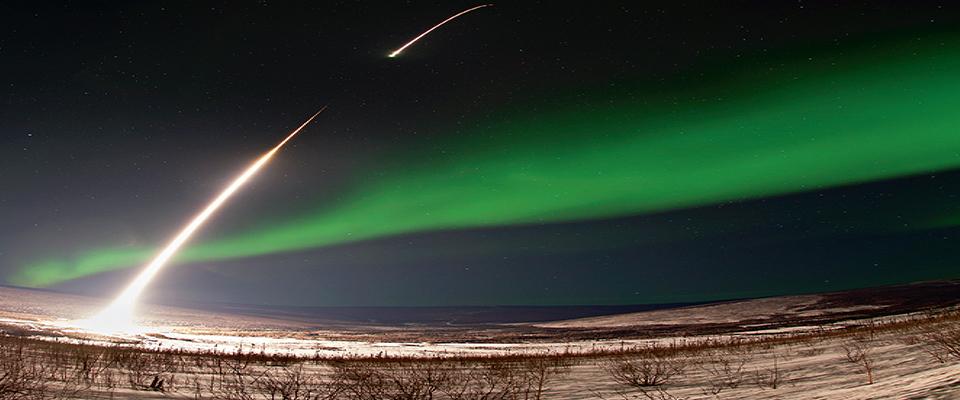Beyond the scintillating lights of the auroras borealis and australis is a complicated atomic phenomenon that Berkeley scientists are exploring by launching a rocket into the northern lights.
In order to better understand the sun’s interaction with the Earth’s magnetosphere, researchers at the Southwest Research Institute teamed up with John Bonnell, a Berkeley assistant research physicist and NASA team member. They launched a rocket that will measure the electromagnetic fields of the aurora borealis and provide insight into the physics of the swirling plasma, a space weather system that humanity has only just begun to explore. The research is supported and funded by NASA and took place at the Poker Flat Research Range of University of Alaska Fairbanks.
The mission, entitled GREECE (Ground-to-Rocket Electrodynamics-Electrons Correlative Experiment), involves launching a suborbital rocket, equipped with the Space Science Laboratory’s own particle detectors and electric field antennas, into the aurora. During the first launch window (Jan. 24–Feb. 6), the aurora did not appear. Currently only short-term forecasts of solar flare eruptions exist, so around two days’ notice is about all anyone can hope for. During most of the second launch window one month later, the winds were too strong, a condition that could have skewed data or damaged rocket parts. Finally, on March 3, Earth and heaven aligned and the rocket launched.
“It’s an interesting way to run a science experiment because you’re relying upon nature to give you the conditions to launch,” Bonnell said. “It’s kind of like chasing thunderstorms or watching hurricanes in that way.”
Aside from the logistical issues that foul weather may create, the aurora itself is highly volatile. It can undergo rapid changes or even disappear over the course of the launch. Bonnell said the northern lights are unstructured curtains of light; over time, they break into smaller curls and folds that sometimes flicker along their length. As the light shifts and breaks down, it begins to disappear, making measurements particularly tricky to capture.
Regardless of the difficulty, Bonnell celebrates the opportunity posed by the aurora for researchers like himself. “I like to say it’s one of the coolest open-air electrodynamics problems that you can find,” Bonnell said. The GREECE mission can be seen as an analog to his work with NASA, which investigates the causes of auroral transformation.
This information will provide insight into how the Earth’s magnetosphere interacts with the solar winds that bombard it, producing a weather system that affects space travel, satellite function, and the safety of astronauts—and just happens to light up our skies.
“What you see with the aurora is just the tip of the iceberg. There’s this whole electromagnetic machinery running behind it. What GREECE was designed to do, and what I think it will do, is illuminate part of that machinery that is below the surface and give us a greater understanding of how you get these dynamic small-scale features in the aurora that make it super interesting to see,” Bonnell said.
“There [is] nothing like it. People talk about it being like a curtain or this or that, but it’s this amazing thing—you’re seeing the Earth’s magnetic field painted out in the light from atoms up in the atmosphere.”
From the Summer 2014 Apocalypse issue of California.



















